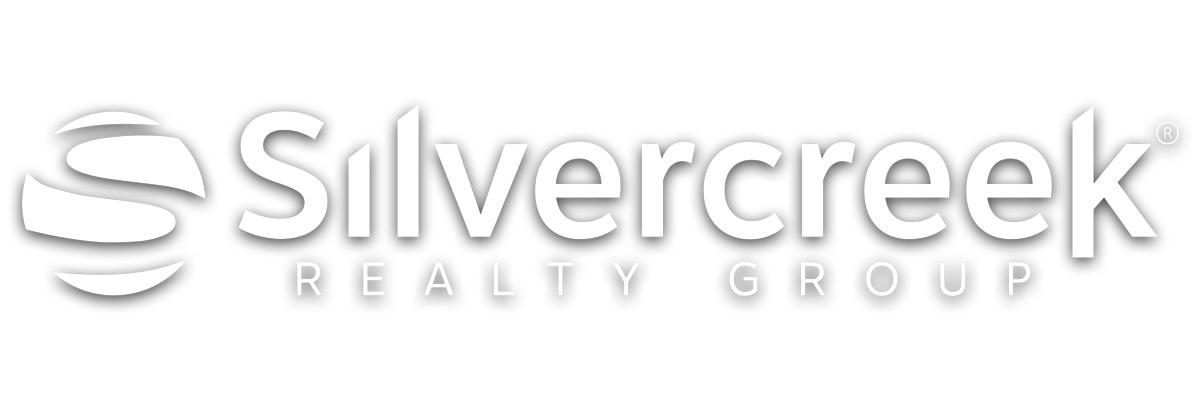With all the spring flooding that’s been going on in places like Florida, West Virginia, Kentucky, California, and even some in Salt Lake City, Utah, you might be wondering what the flooding risks are in the Boise, Idaho area. When you’re thinking of moving to a new place, the flooding risk is an important factor that can often get overlooked. In fact, according to floodlist.com, the housing market in the United States is overvalued by as much as $237 billion dollars due to unpriced flood risks. And unfortunately, as people fled from other states to move to less expensive states, they’re now learning the hard way that one of the reasons housing was less expensive there was due to flood risks. So, what about the Boise, Idaho flood risks?
Boise, Idaho does not have very high flooding risks, BUT, as our record snowpack melts from the mountains and fills our rivers and streams, it reminds me that some areas of Boise can flood. So, I’ll tell you where the Boise area can flood, when that could be, and how to find out if a home you are interested in purchasing, whether it is in Boise or somewhere else, is in a flood risk area.
Okay so as I said, the flood risks here are very low, largely due to our high desert climate. I have a video all about Boise Idaho area weather, too, so I will link that below in case you haven’t seen it, but Boise area averages less than 12 inches of rain a year, less than 20 inches of snowfall a year with the average depth of snowfall being 1 inch, and our record rainfall in one day was in 1958 was just under 2”. So, if we have any flooding events in the area, it is from heavy snowfall that melts quickly in the spring and overwhelms the creeks and rivers and not from massive rainfall events.
So then, where are those creeks and rivers that could flood? This is a map of the Boise River Drainage System.

You can see that the Boise River system originates in the Sawtooth Mountains. As the snow melts, it feeds into large rivers like the North Fork, the South Fork, and Moores Creek, all beautiful and amazing rivers in the mountains, by the way, and then there are storage reservoirs at Arrowrock, Anderson Ranch, and Lucky Peak.
The dam at lucky peak is not only for hydropower, but it also helps control the water flow from the river. Before the dam was built, there was a large flooding event from the Boise River in Boise that ruined parks and roadways in 1943.
Even with the dams, sometimes the snowpack combined with the timing of a quick snow melt, can cause some flooding, as was the case in 2017, when, after the snowmegeddon year of 2016, the Boise River spilled over its banks and caused damage to the greenbelt paths and some homes and businesses that backed right up to the river. Part of the issue that year was that we still had snow in the valley when the temperatures rapidly warmed, so the ground was saturated.
This year, we did have record snowfall in our mountains, but we have dry ground here in the valley, and the weather has not gotten very warm very fast so far. So, our river is rising as they let water out of the reservoir at lucky peak. This is actually pretty normal for us and happens almost every year.
And then besides possible flooding from the Boise River, there are a few major creeks in the area that come off of the Boise River. There is Five Mile Creek, Ten Mile Creek, and Indian Creek. Both Five Mile and Ten Mile creeks have been engineered to really reduce flooding risks, so it is highly unusual to have a home along one of those creeks that would need flood insurance.
Indian Creek runs mostly through Caldwell and into Kuna. Now it did flood in 1910, it actually has a very interesting history (Click HERE to read about it), but engineering has also been done to mitigate flooding risks of Indian Creek.
And then there is another creek that many homes in Northwest Boise and Eagle back up to, which doesn’t actually originate from the Boise River. It is Dry Creek, and it originates from snow run off and springs up on Bogus Basin. Dry creek does also have a possibility of flooding, but engineering has also been done in the neighborhoods around it to try to mitigate the risk. It would be pretty rare for this to flood.
So, then, where do you look for homes if you want to avoid living in a possible flood area in the Boise Idaho area, or any state, for that manner? Well first, I’ll tell you what info to be very cautious of, and that is the information regarding flood risk you see on Zillow or realtor.com. I don’t know where they get their data, sometimes from FEMA, and it can be accurate, but other times, I have no idea.
I had a client bring that to my attention- she was ruling out homes because she said that Realtor.com said that the homes had a high flood risk. So, when she told me the addresses, I was telling her from the FEMA maps, and from my own knowledge of the area, that there was no risk for flooding in those areas. So, how do I confirm for a client that the house isn’t in a FEMA flood zone?
That’s where the FEMA flood zone mapping comes in so handy. So if you are curious about verifying flood ratings from websites or about any home you are considering purchasing, click HERE and then you can put in an address. When I put in the address of that home in Star from realtor.com, I can see that there is absolutely no flood risk and it’s not even close to a flood zone. However, because I know the area, I know that it is near an underground irrigation canal.
Sometimes online real estate websites think that a home has a higher flood risk if it is near an irrigation canal. I suppose that could be true if something caused the canal to break and you were lower than it, but the irrigation canals here are all very tightly controlled by the irrigation companies, and they can control the flow and immediately stop it if needed. They also only have water in the canals from April to October, so they can’t get flooded in the winter if we did happen to have extra snow or rain. So, FEMA and lenders don’t consider living by an irrigation canal a flood risk at all.
For another example, I put in an address of Talaya Winery in Garden City, which is right by Boise, because I know it’s near a flood zone right on the river. So, if you click on the link above, you can see that the flood maps show the risk of flooding, and the amount expected were there to be a flood. As you move the map around heading West, closer to Eagle, you can see that these areas, which are very popular and very sought after neighborhoods to live along the Boise River, you can see that they do have a high risk of flooding and may require flood insurance. Now that being said, I do know that in 2017, homes whose backyards were very close to the river did get flood damage, but beyond that, homes and streets were just fine. So, although it would be incredibly rare for outlying homes close to the river to flood, nature is nature, and so FEMA puts them in a 100-year flood zone rating just to cover the bases as it could happen.
So, while flooding in the Boise, Idaho area is very rare, it can happen around the Boise River and a few creeks. When we work with clients who are purchasing near areas that could possibly be a flood zone, we always use the FEMA maps to look it up and confirm and have them check with their lenders as well to see what data they have. And you can either check for yourself on a FEMA map if you see a house online that says it has a high flooding risk or ask an actual real estate professional who lives in the area, like me and my team, instead of believing what a computer system generates for info on the real estate websites. But, just know that the Boise, Idaho area will not get enough excessive rain to cause widespread flooding as you see in the news in Florida or Texas or California, and of course, I suppose never say never, but it would be a total anomaly.
If you want more info about moving to the Boise Idaho area living here, or buying a home here, please contact us.
Check out the following helpful videos:
All about natural disasters and bugs in Boise, Idaho: https://www.youtube.com/watch?v=HZsledSKiq4 What’s the weather like in Boise Idaho: https://youtu.be/4eyPmZtgb-w
LINK TO GET OUR MONTHLY NEWSLETTER: https://summerastonrealestate.com/newsletter/
LINK TO GET BOISE MAP TOUR VIDEO: https://youtu.be/K-xWSra013U
LINK TO GET BOISE RELOCATION GUIDE: https://summerastonrealestate.com/relocation-guide/
LINK FOR EAGLE IDAHO AREA COMMUNITY GUIDE: https://summerastonrealestate.com/eagle-area-comparison-guide/ T
What’s the weather like in Boise Idaho: https://youtu.be/4eyPmZtgb-w





